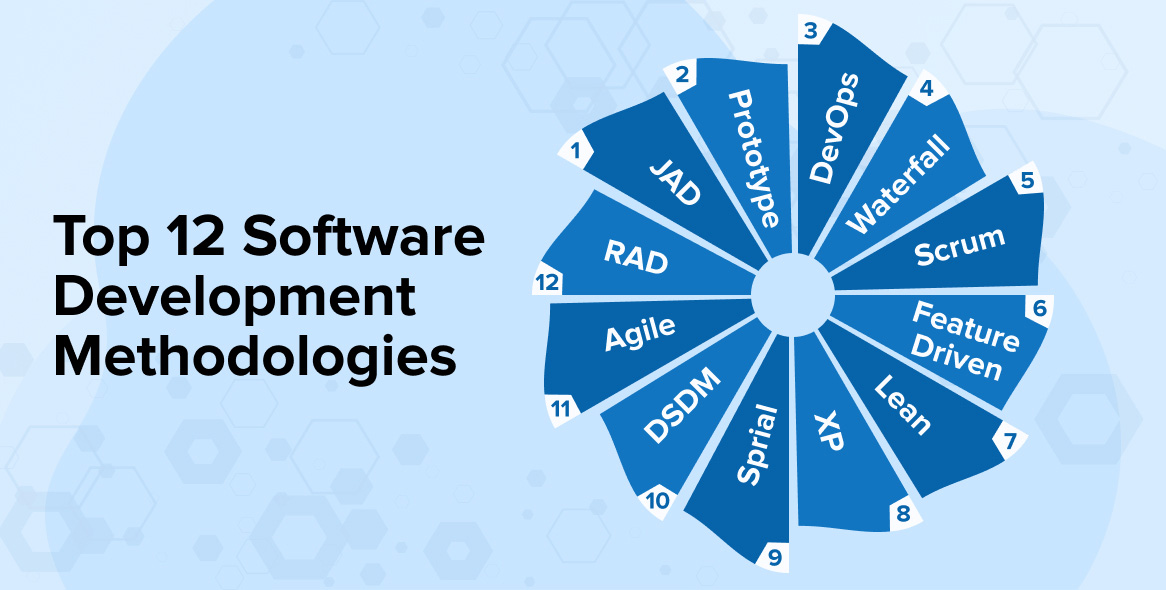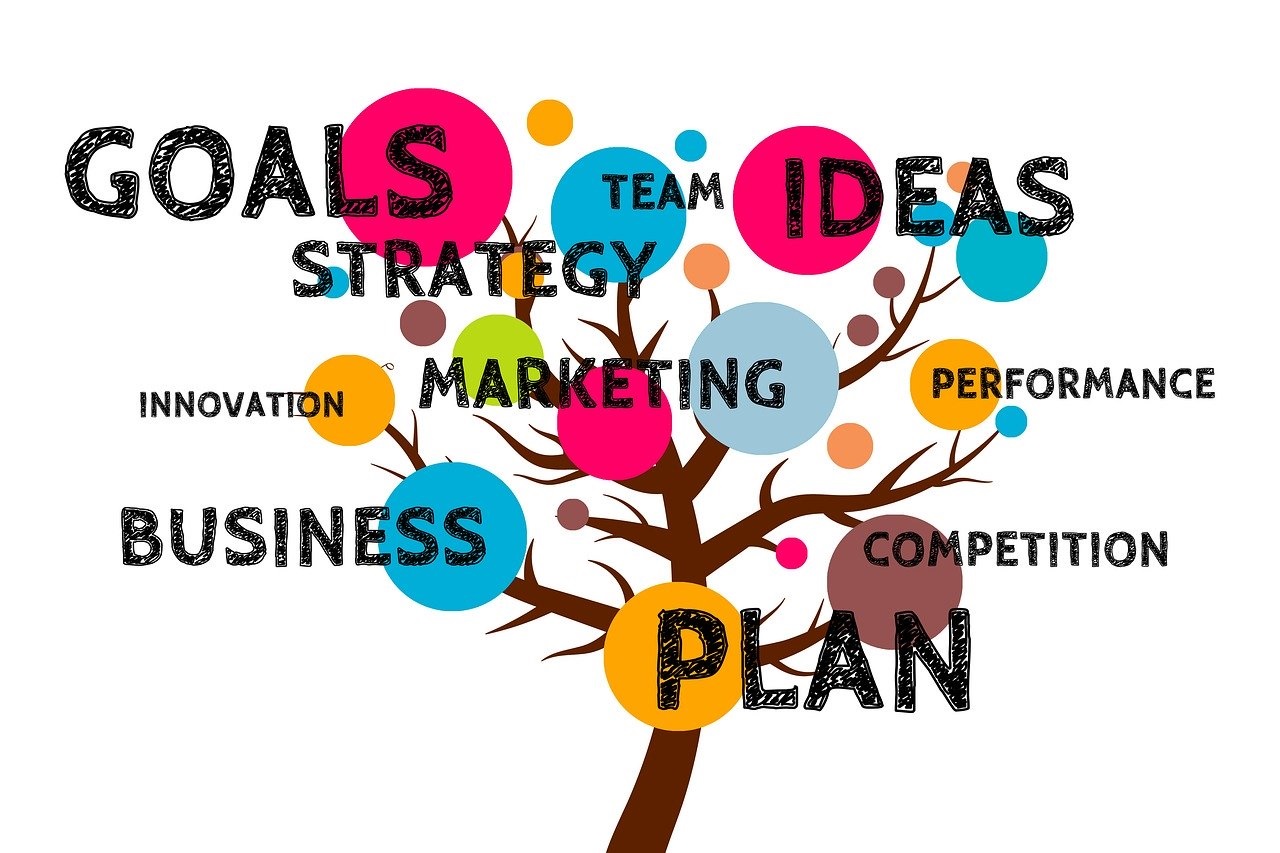In the fast-paced world of software development, the right planning tools can be the difference between a seamless project launch and a chaotic scramble to meet deadlines. Amidst a myriad of options available, from agile boards to comprehensive project management suites, developers often find themselves navigating a tangled web of features, functionalities, and frenzied marketing claims.
With every tool promising efficiency and productivity, the question looms: are these planning tools indispensable allies in the quest for developmental success, or are they merely a polished facade hiding a lack of substance? This article delves into the most prominent planning tools currently shaping the landscape, evaluating their true value against the backdrop of modern software engineering challenges. Join us as we sift through the noise to uncover what really matters in the realm of software project planning.
Introduction to Software Development Planning Tools

In the ever-evolving landscape of software development, efficient planning tools have emerged as crucial allies in navigating the complexities of project management. These tools, ranging from sophisticated platforms that integrate real-time collaboration to lightweight applications for task tracking, are designed to streamline workflows, enhance communication, and ultimately drive project success.
However, the saturation of options on the market leaves many developers and project managers pondering the true value of these tools: are they essential for smooth operations, or merely a fleeting trend that will fade into obscurity? As teams increasingly grapple with tight deadlines, shifting requirements, and the need for agile methodologies, understanding the landscape of software development planning tools—along with their potential pitfalls and advantages—becomes imperative for anyone striving to maintain efficiency and achieve sustainable growth.
Understanding the Importance of Effective Planning

Effective planning stands as the cornerstone of successful software development, weaving together diverse elements like team coordination, resource allocation, and project timelines into a cohesive tapestry. Imagine embarking on a journey without a map; similarly, a lack of structured planning can lead to confusion, missed deadlines, and mounting frustrations among stakeholders.
It\’s more than just a checkbox on a to-do list; it sets the stage for innovation and collaboration. By identifying potential pitfalls early on, teams can pivot and adapt, ensuring that the final product not only meets but exceeds expectations.
In a landscape teeming with rapid technological advancements and shifting market demands, mastering the art of planning is not just beneficial—its essential for survival in the competitive software arena.
Key Features to Look for in Planning Tools

When searching for the ideal planning tools for software development, several key features should anchor your considerations. First, versatility is paramount; a tool that adapts seamlessly to various methodologies—be it Agile, Scrum, or Waterfall—allows teams to pivot as project demands evolve.
Incorporating real-time collaboration features enhances communication, ensuring that developers, designers, and project managers remain aligned, regardless of their geographical locations. Furthermore, intuitive dashboards offer at-a-glance insights into project progress and resource allocation, streamlining decision-making processes. Don’t overlook integration capabilities; the ability to interface with common development environments and third-party applications can drastically reduce friction and boost productivity.
Ultimately, the right planning tool should possess a blend of robust functionality and user-friendliness, striking the right balance for diverse development teams.
Conclusion
In conclusion, the landscape of software development is continually evolving, necessitating the adoption of planning tools that enhance productivity and streamline workflows. While some tools may be viewed as essential due to their functional capabilities and user-friendly interfaces, others might simply be trends that generate more buzz than actual benefits.
As highlighted in this article, the key to effective project management lies in discerning which tools genuinely contribute to the development process. By prioritizing features that align with team objectives and workflows, developers can avoid falling victim to hype.
As industry expert Stefan Matthews aptly points out, the true value of planning tools is measured not just by their popularity, but by how well they facilitate collaboration and innovation. Ultimately, choosing the right tools enables teams to focus on what matters most: delivering high-quality software efficiently and effectively.


